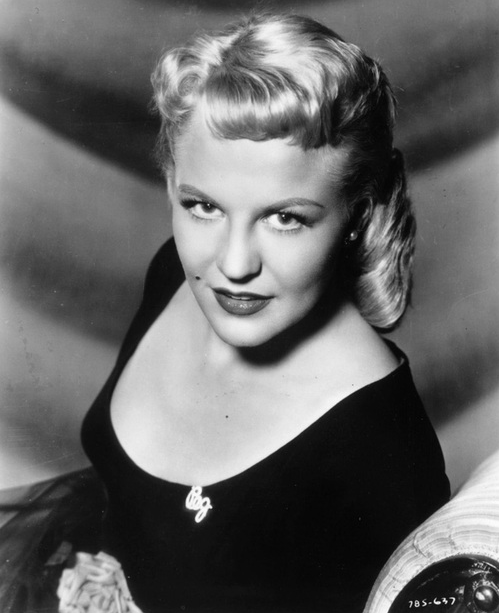Commercial Karma
Memories light the corners of my mind
Misty, water colored memories
Of the way we were.
Barbra Streisand, The Way We Were
Barbra Streisand, image: barbrastreisandpictures.com
I attended the Damien Hirst show at the Tate Modern. Flies and fags, butterflies and bling, spin and spots, drugs and death… There. You don’t need to see it now.
I walked away somewhat hollow. I felt a pang of guilt and recognition. Guilt because Hirst was in many ways the adman’s artist. Art that came with a nudge, a wink and a knowing punchline. Art as quick hit, shiny bright, paper thin. Recognition because, yes, that was Britain in the ’90s. Spin doctors and Spice Girls, boy bands and man bags, heroin chic and Shabba Ranks, lads and Loaded, puffas and Prozac, Wonderbra and Wonderwall, alcopops and Posh & Becks. Fool Britannia…. There was no god, no beauty, no other. Just money and death and irony. Things could only get worse…
I’m not sure I blame Damien Hirst. I suspect he’s a very good artist. He was very effectively holding a mirror up to us and our values. Or lack of them. And I suspect each generation gets the art it deserves. Flies and fags was maybe all we were good for in the ’90s.
Don’t you also think that we get the advertising we deserve? As an Agency, as a Client, as a culture ? When we hark back to a golden hued, bygone age of celestial communication, are we not condemning our own failure to create greatness now? When the disappointed Client fires the disappointing Agency, isn’t he or she shirking personal responsibility? When we rail against cruel fate and happenstance, when we bemoan the recession, or reach for the blame gun, shouldn’t we be looking in the mirror first?
I believe in commercial karma. That, broadly speaking, in advertising as in life, we reap what we sow. That what goes around comes around. Not for some spiritual, counter cultural, gaia-type reason. But because, though it seems trite to say it, in the long run, smart, open minded Clients, working with intelligent, lateral Agencies, for honest, worthwhile brands, will make better, more effective work. And vice versa.
I guess I have witnessed exceptions to this. The craven creative, the malevolent marketing director, the bullying business director have on occasion won the day. But overall in my experience fakes are found out, charlatans are shopped. Good prevails.
Instant karma’s gonna get you
Gonna knock you right on the head
You better get yourself together
Pretty soon you’re gonna be dead
John Lennon, ‘Instant Karma’
John Lennon, image: backstageol.com
Of course in the past one had to wait for hubris to be followed by inevitable nemesis. Nowadays the social web has created a kind of instant karma. Because the courtroom of public opinion is so immediate and all seeing. It shines an unforgiving, instantaneous light on the ill conceived and poorly executed. It likewise rewards the virtuous with currency and value.
I had always believed that Corporate Social Responsibility was exactly that: a responsibility that a business owed to the communities it served. I wasn’t so enamoured of more fashionable phrases like social investment because I didn’t feel ethics needed commercial justification. And I wasn’t convinced CSR had a role in marketing or brand.
Now I have been persuaded that ethics are more than a responsibility. They are fundamental to a brand’s sustainability in a transparent, socialised world. Because increasingly consumers are unwilling to buy good products from bad people. Because in a world of commercial karma only the good Clients, good admen and good brands can win.
First published: BBH Labs 21/5/12
No. 13














